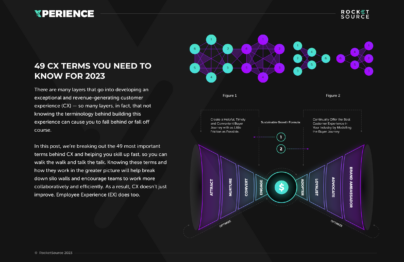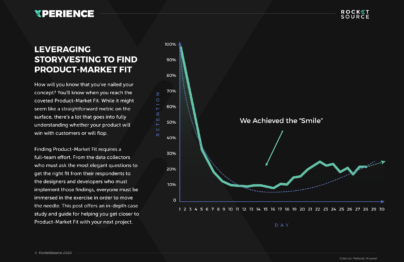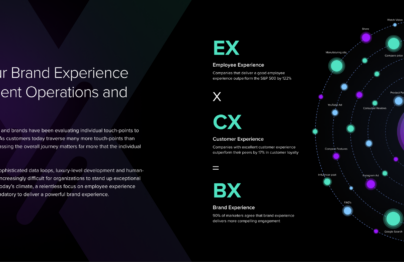Real-time design looping incorporates user feedback into agile development processes. Fusing customer data with what’s happening internally empowers organizations to save resources, move faster, and establish product-market fit in less time.
Product development is hard work. No organization creates a flawless or frictionless experience from the outset. Even the best-laid plans can fall apart as a product goes to market. The sooner a business can get user feedback and incorporate that feedback into the design, the better.
A real-time design loop in motion allows organizations to study user behavior and product interactions while developing the product. This approach prevents companies from deploying unnecessary development resources and allows teams to take a more human-centered design approach.
Data-Supported
Decision-Making
Real-time design looping allows developers to understand how users navigate a platform and how that navigation compares to the competitive landscape. So often, organizations struggle with this strategy because it feels like a chicken versus egg scenario — how do you develop a product without developing a product and still get feedback on it?
Prototyping program design allows teams to get critical user feedback without writing a single line of code. Teams can adjust designs and development cycles simultaneously as users play with the program in real-time. As a result, this real-time design looping allows organizations to deploy development resources more efficiently, knowing that the product has been validated by the market ahead of time.
A Framework for Empathetic Design Looping
Guesswork doesn’t work when designing and developing a new product. Real-time design looping allows teams to take a more empathetic approach to product development, ensuring that customers’ emotional and logical triggers are hit throughout their journey. In turn, businesses are more equipped to develop a solution for their users that has product-market fit.
StoryVesting is a framework often used to measure and navigate emotional responses and back those into real-time design looping scenarios. Through this understanding of emotional responses, companies can gather qualitative data and infuse them into human-centered design to build more resilient products and experiences.
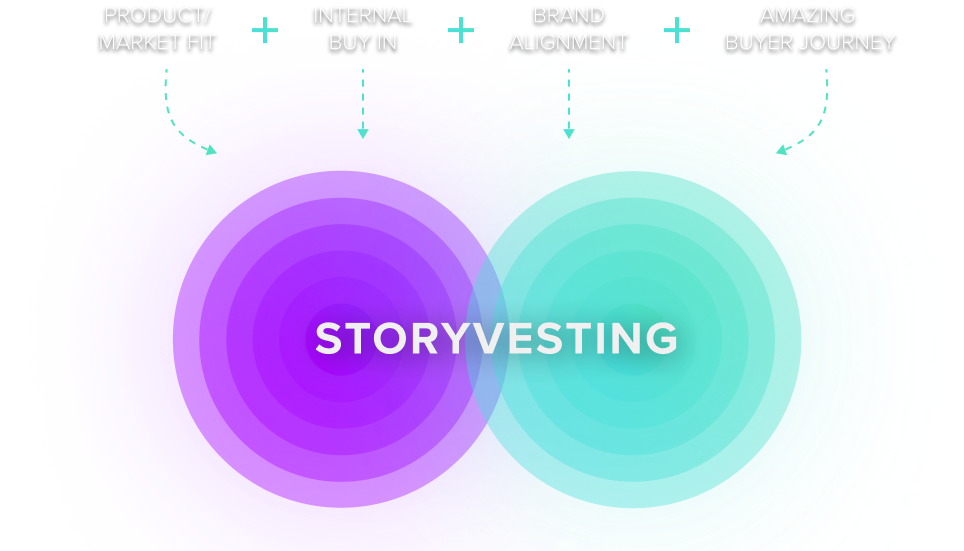
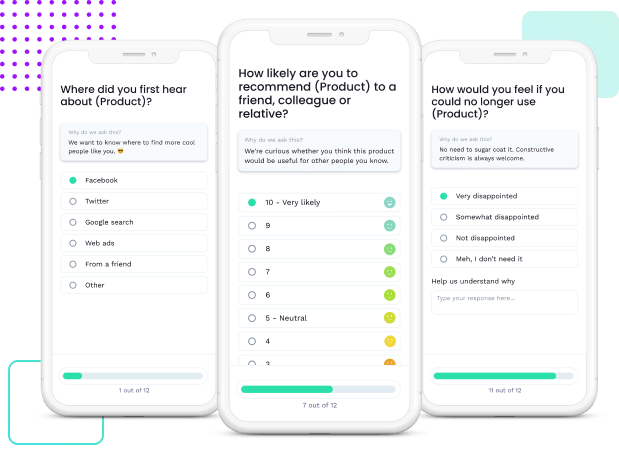
Gathering Data to Achieve Product/
Market Fit
Product-Market fit doesn’t happen spontaneously. Nor does it happen overnight. The product lifecycle requires that organizations continuously gather data to gauge product-market fit and grow accordingly.
Building real-time design loops require that teams know what to ask and what behaviors to observe. In asking the right questions and gathering accurate behavioral data, teams will create products that bolster user acquisition, expansion, conversion and retention through the product itself.
Real-Time Design Looping for a Product-Led Growth Strategy
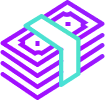
Cost Effective
Rather than invest heavily in sharing about your product through content and sales teams, you can let your product do more of the talking by investing in a sublime experience.

Bigger Reach
Because your product grows via word of mouth, you’re able to reach more potential
users than you would with advertising dollars or algorithmic views alone.

Faster Feedback Loops
With more people touching, using, and deploying your product, you’re able to gather more feedback and tighten up your data loops, so you can shorten the time it takes to develop an MVP or tight business model.

Product First
By investing in your product first, you’re able to build a deliverable the market wants and will rise above the competition.
Customer Experience (CX) Terms
- 360° Degree View of the Customer
- AI Ops
- Barlow Bands
- Behavioral Triggers
- Bow Tie Funnel
- Brick-to-Click
- Business Impact Analysis (BIA)
- Cognitive Computing
- Cohort Analytics
- Content Mapping
- Conversational User Guidance
- Customer Data Profile
- Customer Experience (CX)
- Customer Friction
- Customer Insights Map
- Customer Journey
- Customer Journey Mapping
- Customer Satisfaction (CSAT)
- Customized Ratios
- CX Intelligence
- CX Led Growth
- CX Metrics
- Data as a Product (DaaP)
- Data as a Service (DaaS)
- Data Culture
- Data Driven
- Data Engineering
- Data Fabric
- Data Governance
- Data Humanization
- Data Hygiene
- Data Looping
- Data Mapping
- Data Mining
- Data Modeling
- Data Monetization
- Data Swamp
- Data Visualization
- Data Warehouse
- Data-Centric
- Descriptive Analytics
- Diagnostic Analytics
- Digital Asset Management (DAM)
- Digital Transformation
- Dirty Data In Dirty Data Out
- Embedded Intelligence
- Empathy Mapping
- Employee Data Profile
- Employee Experience (EX)
- EX to CX Data Mapping
- EX to CX Mapping
- Experience Management (XM)
- Gap Analysis
- Generative AI
- Human-Centered Design (HCD)
- Journey Analytics
- Machine Learning (ML)
- Managed Agile Services on Demand
- Modified Hoshin
- North Star Metric
- Party Data
- Pathway to Purchase
- Predictive Analytics
- Product-Market Fit Mapping
- Real Time Design Looping
- Revenue Acceleration
- RevOps
- S Curve of Growth
- Stack Impact Analysis
- StoryVesting
- Table Stakes Testing
- The 3 P’s
- User Experience (UX)
- User Insights Map
- User Interface (UI)
- Voice of the Customer (VoC)
- Voice of the Employee (VoE)
- World Cloud Generator Sentiment Mining
- X Analytics

